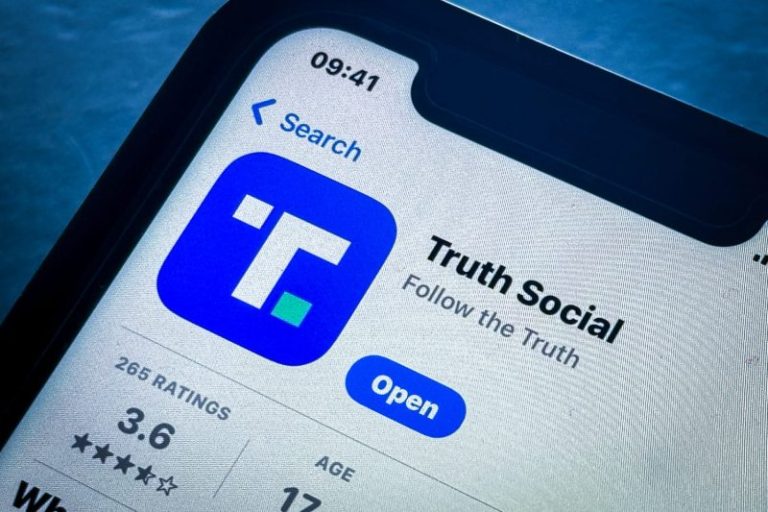The recent announcement by Trump Media regarding its TV streaming plan has caused quite a stir in the market, leading to a significant jump in the share prices of digital media and streaming companies like DJT. This move by the former President Donald Trump to venture into the world of streaming services demonstrates the increasing convergence between politics and media. Let’s delve deeper into the implications and potential impact of this development.
Trump Media’s entry into the TV streaming market signals a shift in the dynamics of media consumption. With traditional cable TV losing ground to streaming services, such as Netflix, Amazon Prime, and Disney+, the landscape of entertainment and information dissemination is undergoing a profound transformation. By launching his own streaming platform, Trump is trying to leverage his strong fan base and media presence to carve out a niche in this competitive industry.
The surge in DJT’s share prices reflects the investors’ optimism about the potential success of Trump Media’s streaming venture. The market is betting on Trump’s ability to attract a considerable audience base, which can translate into substantial revenue through subscriptions, advertising, and content licensing. Trump’s larger-than-life persona and polarizing political brand could prove to be a double-edged sword in this context, drawing both ardent supporters and fervent critics to his platform.
However, Trump Media’s foray into TV streaming is not without its challenges and controversies. Given the divisive nature of American politics, the platform is likely to face scrutiny and backlash from various quarters. There are concerns about the propagation of misinformation, the amplification of political biases, and the potential impact on public discourse. Trump Media will need to tread carefully to strike a balance between catering to its core audience and maintaining journalistic integrity.
Moreover, the competitive landscape of the streaming market poses a formidable obstacle for Trump Media. Established players like Netflix, Hulu, and HBO Max have already captured a significant share of the market, offering a wide range of original content and library titles. Trump Media will need to differentiate itself by offering unique and compelling programming that resonates with its target audience. The success of the platform will depend on its ability to deliver high-quality content that drives viewer engagement and retention.
In conclusion, Trump Media’s entry into the TV streaming market has generated excitement and intrigue among investors and industry observers. The share price surge of DJT reflects the market’s optimism about the prospects of Trump’s streaming venture. However, the road ahead is fraught with challenges, including navigating the complex regulatory environment, addressing content concerns, and competing with established players. Whether Trump Media can carve out a successful niche in the highly competitive streaming landscape remains to be seen.



